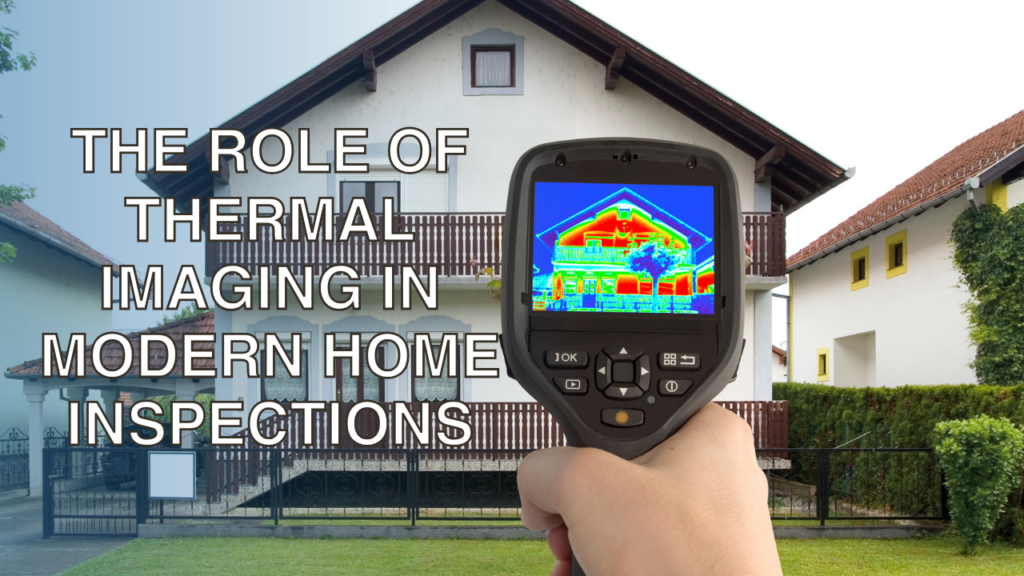The Role of Thermal imaging in Modern Home Inspections
By Detect and Inspect Home Inspections

Home inspections have evolved far beyond the days of clipboards and flashlights to Thermal imaging. Today’s homes contain more complex systems, hidden spaces, and potential issues than ever before. To meet this challenge, modern inspectors rely on advanced tools—and one of the most powerful is thermal imaging.
At Detect and Inspect Home Inspections, we believe in going beyond the surface. That’s why we incorporate thermal imaging technology into our inspections. This tool gives us the ability to see what the human eye can’t—spotting problems before they become disasters. Whether you’re buying, selling, or maintaining your home, thermal imaging provides insights that protect your investment and peace of mind.
🔥 What Is Thermal Imaging and How Does It Work?
Thermal imaging, also known as infrared thermography, detects surface temperature differences by measuring infrared radiation. Every object, surface, or material emits heat in the form of infrared energy. Thermal imaging cameras capture these temperature readings and translate them into images with color gradients—warm areas appear as red, orange, or yellow, while cooler areas show up in shades of blue or purple.
What makes this tool especially valuable is its non-invasive nature. We can scan walls, ceilings, electrical panels, and plumbing systems without opening anything up or causing damage. Thermal imaging allows us to inspect areas that would otherwise go unseen.
🏠 Key Areas Where Thermal Imaging Makes a Difference
Understanding what lies beneath the surface is crucial. Here’s how thermal imaging helps us diagnose common home issues that traditional methods often overlook:
1. Moisture Intrusion and Water Leaks
Water can do serious damage long before it becomes visible. By the time you see stains or mold, the issue has likely spread—and repair costs have skyrocketed. Thermal imaging allows us to:
- Detect hidden moisture behind walls, under floors, and in ceilings
- Identify roof leaks before they cause interior damage
- Locate plumbing leaks within walls or near fixtures
- Pinpoint areas vulnerable to mold growth
Cold spots on a thermal image often indicate the presence of water, especially when concentrated in unusual patterns. By identifying these areas early, we help homeowners take action before moisture causes structural issues or health risks.
2. Missing or Compromised Insulation
A well-insulated home stays comfortable year-round and keeps energy bills under control. Unfortunately, insulation sometimes gets installed unevenly—or deteriorates over time. With thermal imaging, we can:
- Reveal gaps in wall or attic insulation
- Detect areas with insufficient or deteriorated insulation
- Verify proper insulation around doors, windows, and ductwork
When we scan a home, inconsistent heat patterns tell us where insulation may be missing or failing. This helps homeowners improve energy efficiency and save money long-term.
3. Electrical Hotspots and Fire Hazards
Electrical issues hide behind walls and inside panels. Left unchecked, they can cause major damage—or even fires. We use thermal imaging to:
- Identify overheating wires, switches, and breakers
- Detect overloaded circuits and failing connections
- Examine breaker panels for unusual heat signatures
Even a slight temperature anomaly around electrical components could signal a serious safety issue. Our inspections uncover these risks before they escalate.
4. HVAC and Ductwork Performance
Uneven heating and cooling frustrate homeowners and can point to inefficiencies in the HVAC system. Thermal imaging gives us the tools to:
- Track temperature flow through vents and ducts
- Detect disconnected or leaking ducts
- Confirm that systems are heating or cooling spaces effectively
If one room feels drafty or the airflow seems weak, a thermal scan helps us identify the cause quickly and accurately.
5. Roof and Exterior Assessments
Roofs and exterior walls take the brunt of weather conditions and often conceal damage. We use thermal imaging to:
- Check for heat loss through the attic and roof
- Spot water intrusion around flashing or chimneys
- Evaluate siding and foundation for insulation gaps
This is especially useful after storms or freeze-thaw cycles, when hidden weaknesses begin to form.
🔍 Why It Adds Value to Your Inspection
When you invest in a home, you deserve the full picture—not just a surface-level assessment. Thermal imaging enhances every inspection by adding a layer of insight that protects buyers, sellers, and current homeowners.
Here’s how:
- Buyers gain negotiating power and avoid unexpected repair costs
- Sellers identify issues before listing, reducing the risk of delays
- Homeowners stay ahead of problems and maintain property value
- Realtors can offer clients a higher level of confidence and service
We don’t guess—we confirm. At Detect and Inspect, we use thermal imaging as a diagnostic tool to back up our expertise with real data.
⚙️ How We Use It in Our Inspections
When you schedule a home inspection with us, we bring our thermal camera along as part of our advanced inspection package. We scan:
- Walls, ceilings, and floors for moisture or insulation issues
- Electrical panels and outlets for overheating or imbalance
- Attics and crawl spaces for airflow problems
- Exterior surfaces for thermal anomalies
After the scan, we walk you through the thermal images and explain what they show. We include those images in your report, along with detailed insights and recommendations.
💡 Final Thoughts: See What Others Miss
The truth is simple: You can’t fix what you can’t see. Thermal imaging helps you detect problems early, take action sooner, and save money in the long run.
At Detect and Inspect Home Inspections, we use every tool available to give you confidence in your property decisions. Our thermal imaging services go beyond the basics because your safety, comfort, and investment matter.
